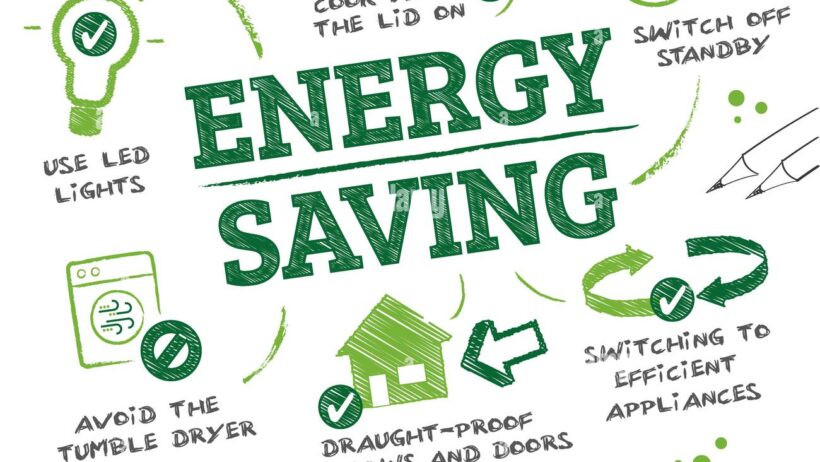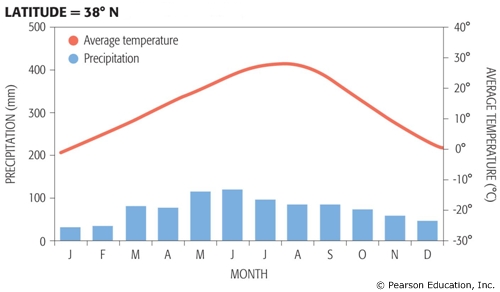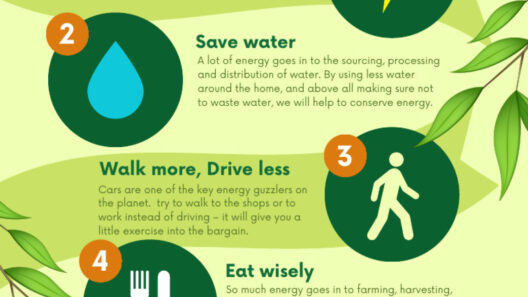In an era where the specter of climate change looms larger than ever, conserving energy is akin to nurturing a delicate ecosystem; every small action, like a droplet in a vast ocean, contributes significantly to the collective effort aimed at preserving our planet. Energy conservation is not merely a personal choice; it is a global necessity. Herein lies a compendium of pragmatic tips designed to fortify your energy-saving endeavors, interwoven with metaphoric significance for inspiration.
1. Embrace the Sunlit Path: Natural Lighting
The sun, our most abundant and sustainable source of energy, beckons us to draw upon its luminosity. Maximize natural lighting by utilizing large windows, skylights, and reflective surfaces within your home. The gentle embrace of sunlight can transform your living spaces while simultaneously reducing reliance on artificial lighting. When dusk approaches, opt for task-specific lamps outfitted with energy-efficient LED bulbs, which consume a fraction of the electricity used by incandescent versions. This simple switch can illuminate your evening tasks whilst keeping energy bills at bay.
2. The Dance of the Thermostat: Temperature Regulation
Your thermostat is akin to the conductor of an orchestra, harmonizing the elements within your home. During cooler months, set your thermostat to a lower, more energy-efficient temperature; a drop of one degree can equate to substantial energy savings over time. Conversely, in warmer seasons, raise the temperature setting. By donning a cozy sweater or employing a fan, you amplify the efficiency of your heating and cooling systems. This dance of adjustment not only diminishes energy consumption but also cultivates a more mindful relationship with your environment.
3. Insulation: The Protective Shield
Insulation serves as the armor that guards against energy loss. Much like a thick coat protecting you from the cold, adequate insulation can minimize the exodus of precious heat during winter and ward off the relentless heat in summer. Investigate your home for drafts and insulate areas such as attics, basements, and walls, ensuring that your energy footprint is as diminutive as possible. Replacing old windows with double-glazed variants is another fortifying step, cloaking your home in a protective layer against fluctuating temperatures.
4. The Culinary Flame: Energy-Efficient Cooking
The kitchen is a realm where energy consumption can soar. The act of cooking can often summon images of vibrant flames and bubbling pots, yet these rituals can also lead to excessive energy expenditure. Embrace energy-efficient appliances that harness the power of technology, such as induction cooktops, which heat cookware directly, reducing wasted heat. Consider batch cooking or preparing meals in a slow cooker—both techniques optimize energy use while delivering flavors that meld and mature over time.
5. Water Wisdom: Harnessing the Power of the Tap
Water, the lifeblood of our planet, requires careful stewardship. The simple act of fixing leaking faucets and installing low-flow showerheads can substantially cut down on water heating expenses. Educate yourself on the principles of mindful water usage; showering instead of bathing or turning off the tap while brushing your teeth are small but impactful choices that help conserve both water and the energy required to heat it. Nature thrives in equilibrium; maintain this balance in your daily life.
6. Appliance Awareness: Smart Technology Integration
In an age where technology greets us at every corner, let it work in your favor. Appliances that bear the ENERGY STAR label are designed to consume less energy while performing effectively. Embrace smart home technology that allows you to monitor and control energy usage remotely. Timers, programmable thermostats, and energy-efficient appliances are your allies in the pursuit of reduced energy consumption, transforming your household into a bastion of efficiency.
7. The Fabric of Energy-Efficient Living: Eco-Friendly Materials
When considering energy conservation, the materials that envelop us play a pivotal role. Select sustainable materials for your home, from insulation made of recycled denim to bamboo flooring that showcases natural resilience. Opt for decor that reflects energy efficiency, such as rugs made from reclaimed fibers. By choosing eco-friendly options, your living space becomes a testament to sustainable living, weaving together beauty and environmental responsibility.
8. Collective Impact: Community Initiatives
Just as rain droplets converge to create a river, collective action magnifies individual effort. Engage with community initiatives focused on energy conservation. Participate in local clean-up events or energy audits, where neighbors share resources and knowledge. By joining forces with fellow advocates, you amplify your impact, fostering a culture of sustainability within your community.
9. Mindful Consumption: Prioritizing Energy Efficient Products
In the marketplace of consumer choices, be a vigilant steward. Educate yourself on the lifecycle assessments of products and choose brands that prioritize sustainable practices. The ensuing ripple effect of your purchasing decisions can influence corporations to adopt more energy-efficient policies. Every item procured is not just an acquisition; it is a vote for a sustainable future.
10. The Legacy of Energy Conservation: A Collective Promise
As stewards of our planet, we bear a collective responsibility to conserve energy. By implementing these everyday tips, we become active participants in a vital narrative—the story of climate preservation. Each effort, no matter how minuscule, is a thread in the grand tapestry of sustainability. As we traverse this path together, we awaken the potential that lies within our choices. Conservation is a tangible act of love for future generations.
In conclusion, the tapestry of energy conservation is intricate yet accessible. By making conscious decisions in our daily lives, we can collectively nurture the planet we inhabit. Let us forge ahead, armed with knowledge and determination, ready to implement these strategies in the quest for a more sustainable world.







